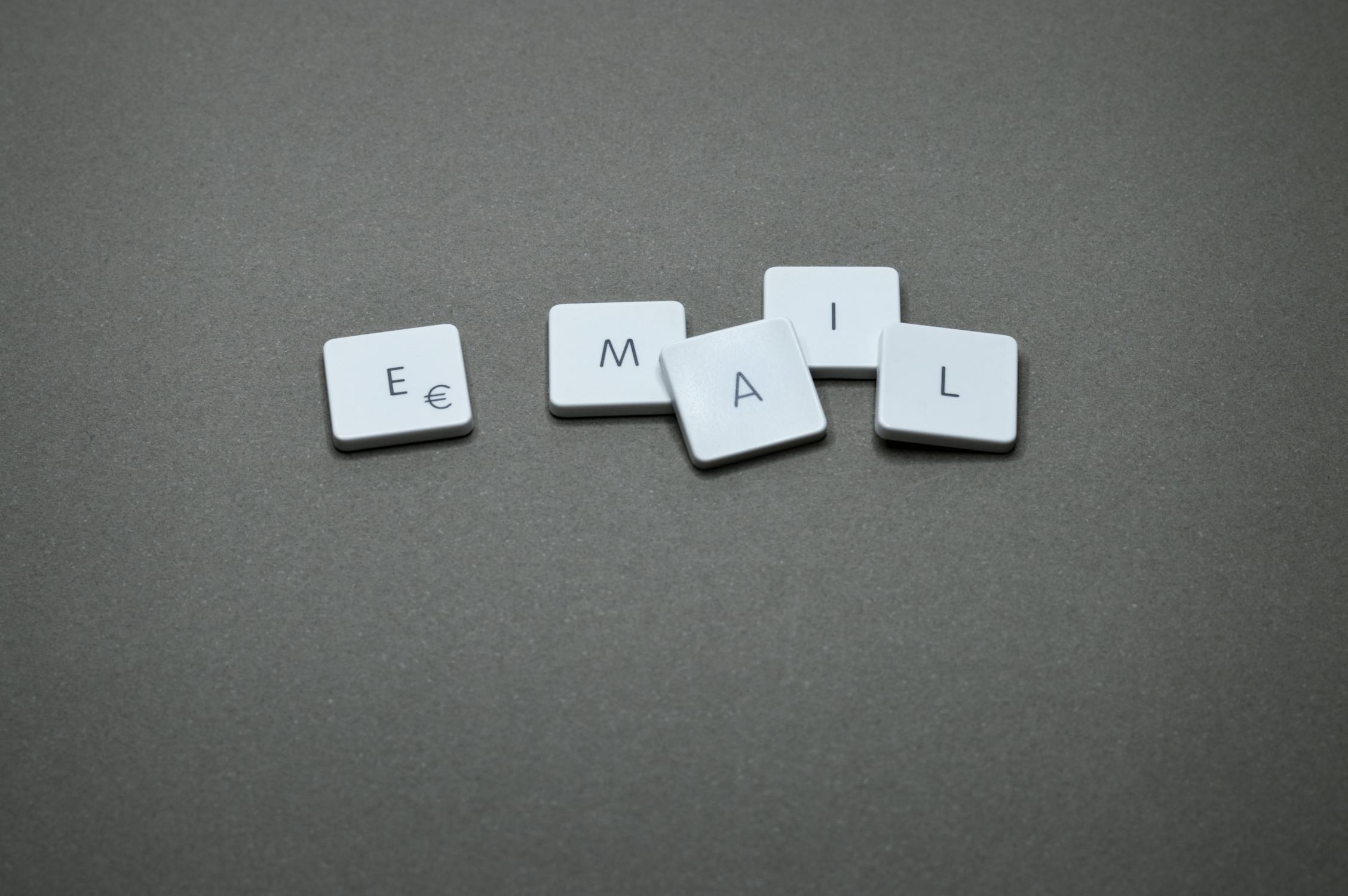Article Summary
A comprehensive guide to creating high-converting PPC campaigns that maximize ROI. This article covers campaign structure, keyword research, ad copywriting, landing page optimization, and bid management strategies that drive results. Learn proven techniques used by top PPC professionals to achieve conversion rates 2-3x higher than industry averages.
Table of Contents
Pay-per-click advertising offers immediate visibility and measurable results, but creating campaigns that actually convert requires strategic planning, meticulous execution, and continuous optimization. The difference between profitable and unprofitable PPC campaigns often lies in the details of setup and management.
1. Campaign Foundation & Goals
Successful PPC campaigns begin with clear objectives and proper foundation setup. Without defined goals and proper tracking, even well-optimized campaigns can fail to deliver business value.
Critical First Step:
Define specific, measurable goals before launching any campaign. Whether it's lead generation, sales, brand awareness, or app downloads, your goal determines every other aspect of campaign setup.
Essential Campaign Goals:
- Conversion Goals: Sales, leads, sign-ups, downloads
- Performance Targets: CPA, ROAS, conversion rate benchmarks
- Business Objectives: Revenue targets, customer acquisition goals
- Timeline Expectations: Testing phase, optimization period, scaling timeline
2. Strategic Keyword Research
Keyword research for PPC differs from SEO keyword research. Focus on commercial intent, conversion potential, and competition analysis rather than just search volume.
Keyword Research Process:
- Seed Keyword Generation: Start with your core products/services
- Intent Analysis: Focus on high-intent keywords (buy, purchase, hire, get)
- Competition Assessment: Analyze competitor keywords and ad copy
- Long-tail Opportunities: Target specific, lower-competition phrases
- Negative Keywords: Identify terms to exclude from the start
Keyword Match Types Strategy:
- Exact Match: Highest intent, lowest volume, most control
- Phrase Match: Balanced control and reach
- Broad Match: Maximum reach, requires careful negative keyword management
3. Campaign Structure Optimization
Proper campaign structure enables better control, easier optimization, and improved Quality Scores. A well-structured account can significantly reduce costs while improving performance.
Optimal Campaign Architecture:
- Single Keyword Ad Groups (SKAGs): One keyword per ad group for maximum relevance
- Theme-Based Grouping: Group similar products/services together
- Geographic Separation: Separate campaigns for different locations if needed
- Device Targeting: Consider separate campaigns for mobile vs desktop
- Audience Segregation: Different campaigns for different audience types
Pro Tip:
Start with tightly themed ad groups of 5-10 closely related keywords. This allows for highly relevant ad copy and better Quality Scores, which reduce costs and improve ad positions.
4. Compelling Ad Copy Creation
Ad copy is your first opportunity to connect with potential customers. Effective PPC ad copy combines compelling messaging with strategic keyword inclusion and clear value propositions.
Ad Copy Best Practices:
- Headline Optimization: Include target keywords and compelling benefits
- Description Lines: Focus on unique value propositions and call-to-action
- Ad Extensions: Use sitelinks, callouts, and structured snippets
- Emotional Triggers: Use urgency, social proof, and benefit-focused language
- A/B Testing: Test different messaging approaches continuously
High-Converting Ad Copy Elements:
- Numbers and statistics (Save 50%, 24/7 support)
- Action-oriented language (Get, Start, Discover, Learn)
- Benefit-focused messaging (What's in it for them?)
- Trust signals (Free trial, money-back guarantee)
- Local relevance (Near you, Local service)
5. Landing Page Optimization
The landing page experience determines conversion success. Even perfect ads with low-cost clicks will fail if the landing page doesn't continue the conversation started in the ad.
Landing Page Essentials:
- Message Match: Landing page content must align with ad messaging
- Clear Value Proposition: Immediately communicate the benefit
- Single Call-to-Action: Focus on one primary conversion goal
- Social Proof: Reviews, testimonials, trust badges
- Mobile Optimization: Fast loading, thumb-friendly design
- Form Optimization: Minimize fields, use progressive profiling
Conversion Rate Optimization:
- A/B testing headlines, images, and CTAs
- Heat mapping and user session recordings
- Page load speed optimization
- Trust signal placement and prominence
- Checkout process simplification
6. Smart Bidding Strategies
Modern PPC platforms offer sophisticated bidding algorithms, but choosing the right strategy and setting appropriate targets is crucial for campaign success.
Bidding Strategy Selection:
- Target CPA: Best for established conversion tracking with sufficient data
- Target ROAS: Ideal for e-commerce with clear revenue tracking
- Maximize Conversions: Good for new campaigns with limited data
- Manual CPC: Maximum control for experienced advertisers
- Enhanced CPC: Semi-automated bidding with manual oversight
Authority Statement:
Our PPC management approach has helped clients achieve an average 156% improvement in conversion rates and 43% reduction in cost-per-acquisition across 200+ campaigns in the past year.
7. Tracking & Measurement
Accurate tracking is essential for campaign optimization and ROI measurement. Without proper tracking, you're flying blind and can't make data-driven optimization decisions.
Essential Tracking Setup:
- Conversion Tracking: Platform-specific conversion pixels
- Google Analytics Integration: Enhanced e-commerce tracking
- Call Tracking: For phone-based conversions
- Offline Conversion Tracking: Connect online ads to offline sales
- Attribution Modeling: Understand the full customer journey
Key Performance Metrics:
- Conversion Rate and Cost-Per-Acquisition
- Return on Ad Spend (ROAS)
- Quality Score and Click-Through Rate
- Impression Share and Search Lost IS
- Customer Lifetime Value (CLV)
8. Optimization & Scaling
Continuous optimization and strategic scaling separate successful PPC campaigns from mediocre ones. The optimization process should be systematic and data-driven.
Optimization Schedule:
- Daily: Monitor spend, major performance changes
- Weekly: Keyword performance, search terms, bid adjustments
- Bi-weekly: Ad copy testing, audience optimization
- Monthly: Campaign structure review, scaling opportunities
Scaling Strategies:
- Vertical Scaling: Increase budgets for top-performing campaigns
- Horizontal Scaling: Expand to new keywords, audiences, locations
- Platform Expansion: Test new advertising platforms
- Creative Scaling: Develop more ad variations and formats
Creating PPC campaigns that convert requires attention to every element of the funnel, from initial keyword research through final conversion optimization. Success comes from systematic testing, data-driven decision making, and continuous refinement of all campaign elements. The strategies outlined in this guide provide a framework for building profitable PPC campaigns that deliver consistent results and sustainable growth.





